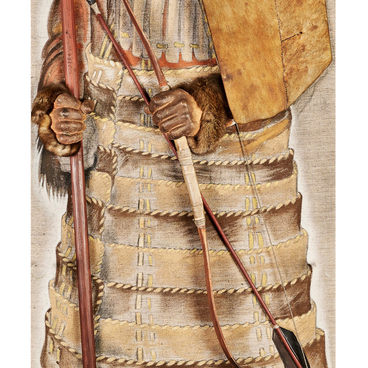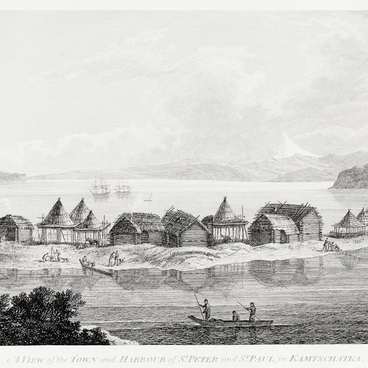The Berdan single-shot rifle had a hinged breech block or bolt-action designs. Its inventor was an American military officer and designer, Hiram Berdan. The rifle was adopted by the Russian army in 1868. Later, the officers Alexander Pavlovich Gorlov and Karl Ivanovich Gunius improved the weapon so much that it was called a “Russian rifle” in America.
There were two versions of the Berdan rifle in service for soldiers of the Russian Imperial Army. The first was a hinged breechblock rifle, which was first introduced in 1868. The second type appeared somewhat later, in 1870, and was a single-shot gun of a 4.2-line (10.67 mm) caliber. It had a more complex bolt-action design with a longitudinal sliding breech that locked at 47-degrees.
In the very early 1870s, the Berdan rifles were produced at three major gun factories of the Russian Empire: in Tula, Izhevsk and Sestroretsk. This weapon was used in battles in the Balkans, the Caucasus, as well as in Central Asia. It remained in service until the end of the 19th century and was replaced by the Mosin rifle, and the obsolete copies were gradually sent to warehouses.
This type of rifle was mentioned in the memoirs of Anton Petrovich Silnitsky, a journalist and uyezd military chief of Kamchatka from 1903 to 1904. It was featured in his work entitled “Fourteen Months of Service in Kamchatka”. According to the information, provided by the writer and officer Vladimir Ivanovich Semenov in his book “Defense of Kamchatka”, at that time the Russian troops had about 4000 Berdan rifles and 800 thousand cartridges for them.
It was this type of weapon
that the troops of the Kamchatka garrison used during military operations to
liberate the Kamchatka territories from the enemy Japanese military
detachments, in particular the landing force led by Sechu Gunji, which captured
the village of Yavino. During the defense of the peninsula in 1904 the Russians
destroyed 20 enemy schooners and up to 200 enemy soldiers and officers. All the
members of militia detachments were recommended for decorations after the war.






